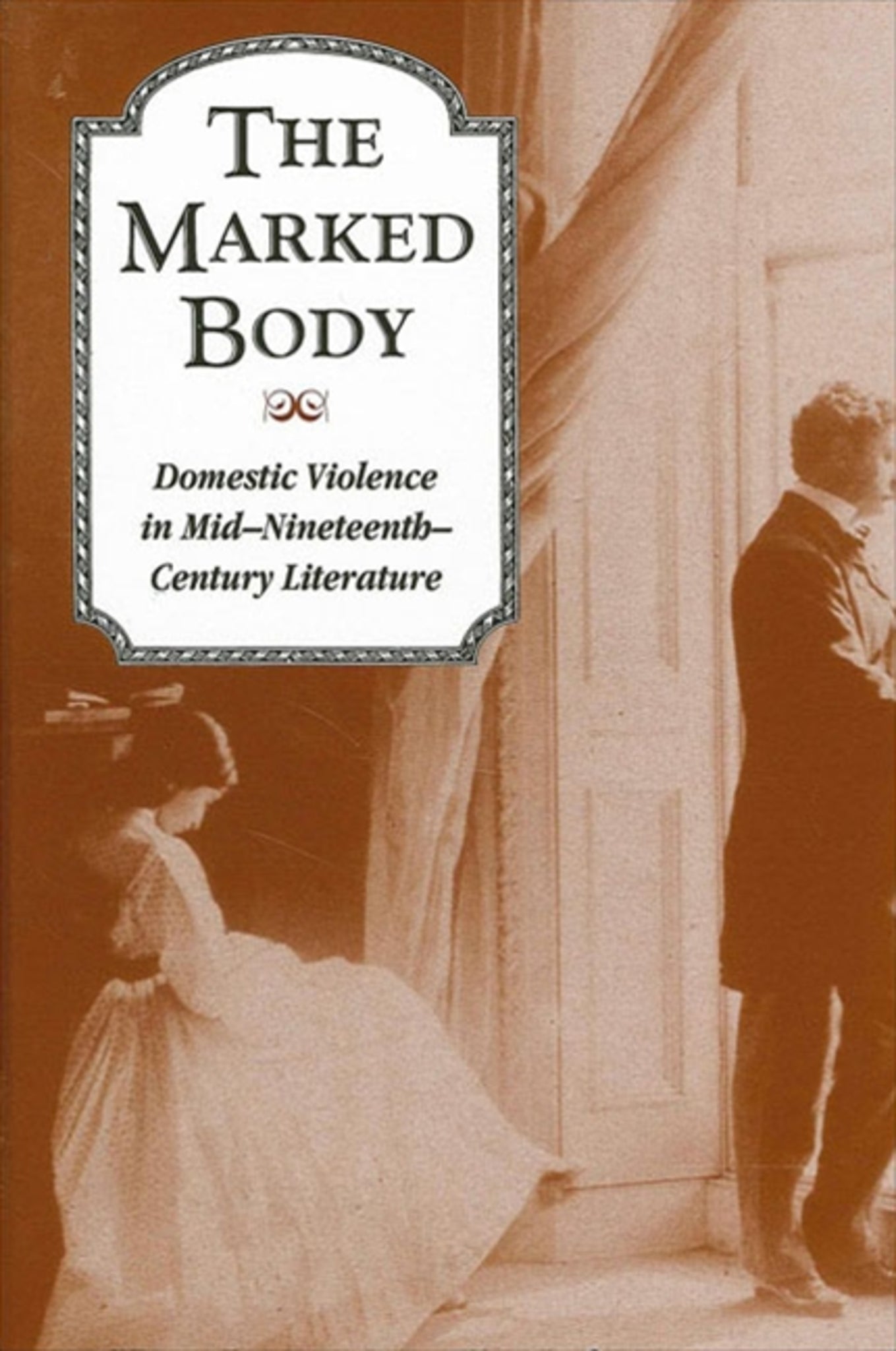We're sorry. An error has occurred
Please cancel or retry.
The Marked Body

Some error occured while loading the Quick View. Please close the Quick View and try reloading the page.
Couldn't load pickup availability
- Format:
-
01 August 2002

Discusses portrayals of domestic violence in six major works of mid-nineteenth-century literature.
The ambiguities and paradoxes of domestic violence were amplified in Victorian culture, which emphasized the home as a woman's place of security. In The Marked Body, Kate Lawson and Lynn Shakinovsky examine the discarded and violated bodies of middle-class women in selected texts of mid-nineteenth-century fiction and poetry. Guided by observations from feminism, psychoanalysis, and trauma theory, they argue that, in these works, domestic violence is a crucible in which the female body is placed, where it becomes marked by scars and disfigurement. Yet, they contend, these wounds go beyond violence to bring these women to a broader state of female subjectivity, sexuality, and consciousness. The female body, already the site of alterity, is inscribed with something that cannot be expressed; it thus becomes that which is culturally and physically denied, the place which is not.


"Extremely well researched and well written, this book melds an intelligent reading of imagery and story with a nuanced theoretical framework, a good sense of historical context and social history, and a genuine concern for domestic violence against women in the nineteenth century. I find this book very illuminating." — Joseph Adamson, coeditor of Scenes of Shame: Psychoanalysis, Shame, and Writing
"This reading of domestic violence, which is 'behind the scenes' in several senses, is intellectually important, and speaks to a wide variety of issues in Victorian studies, feminism, legal studies, and psychoanalysis." — Randall Craig, author of Promising Language: Betrothal in Victorian Law and Fiction
ACKNOWLEDGMENTS
INTRODUCTION
1 "A FRIGHTFUL OBJECT"
Romance, Obsession, and Death in Nathaniel Hawthorne's "The Birth-Mark"
2 DOMESTIC VIOLENCE, ABJECTION, AND THE COMIC NOVEL
Anthony Trollope's Barchester Towers
3 VIOLENCE, CAUSALITY, AND THE "SHOCK OF HISTORY"
George Eliot's "Janet's Repentance"
4 "THE SINS OF THE FATHER" AND "THE FEMALE LINE"
Phantom Visitations and Cruelty in Elizabeth Gaskell's "The Poor Clare"
5 RAPE, TRANSGRESSION, AND THE LAW
The Body of Marian Erle in Elizabeth Barrett Browning's Aurora Leigh
6 "WILL SHE END LIKE ME?"
Violence and the Uncanny in Wilkie Collins's Man and Wife
CONCLUSION
NOTES
WORKS CITED
INDEX



